As an industry, digital marketing moves fast – really fast. Tools, apps, and technologies that were indispensable just a few years ago have now become obsolete, and marketers in every sector and vertical are constantly looking for new ways to reach their audiences.
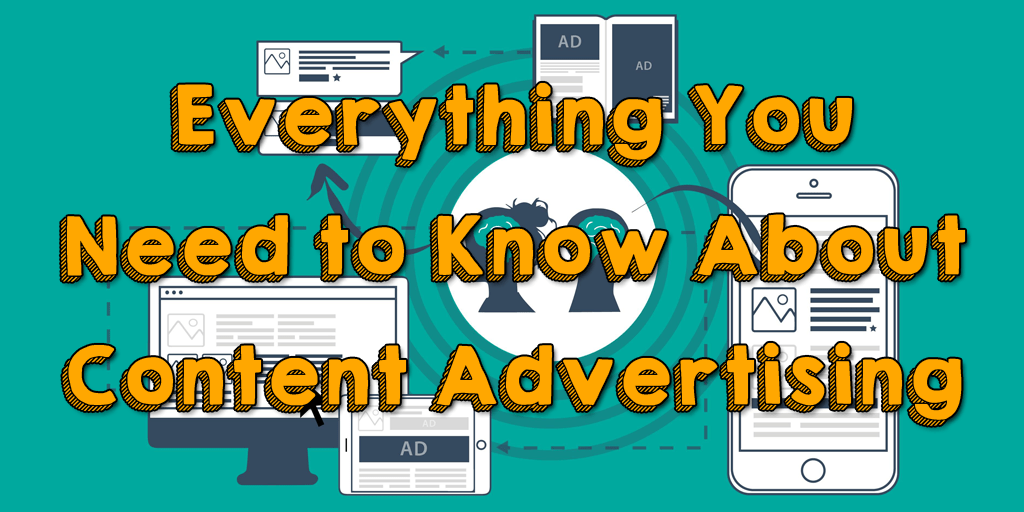
Unfortunately, this break-neck pace also means that digital marketing has more than its fair share of irritating buzzwords and industry jargon. (Remember SoLoMo? Yeah.) Some of these terms are worse than annoying: they’re confusing, potentially misleading, and often used as little more than a cheap way to appear knowledgeable in pitch decks.
Sometimes, though, you come across a buzzword that piques your interest – like “content advertising.” I recently came across this term in a blog post, and since then, I’ve been looking into content advertising and whether or not we should pay attention.
Here’s everything you need to know.
What Is Content Advertising?
Perhaps unsurprisingly, the precise definition of content advertising is difficult to pin down. To complicate matters, a lot of people are (understandably) confusing content advertising with content marketing. And native advertising. And content strategy.
My head hurts.
Although the concept of content advertising is relatively new, the basic idea is simple:
Content advertising is the process of producing content with the intention of promoting that content through paid distribution channels. This can include PPC campaigns, paid social, sponsored placements, and any other type of paid promotional opportunities.
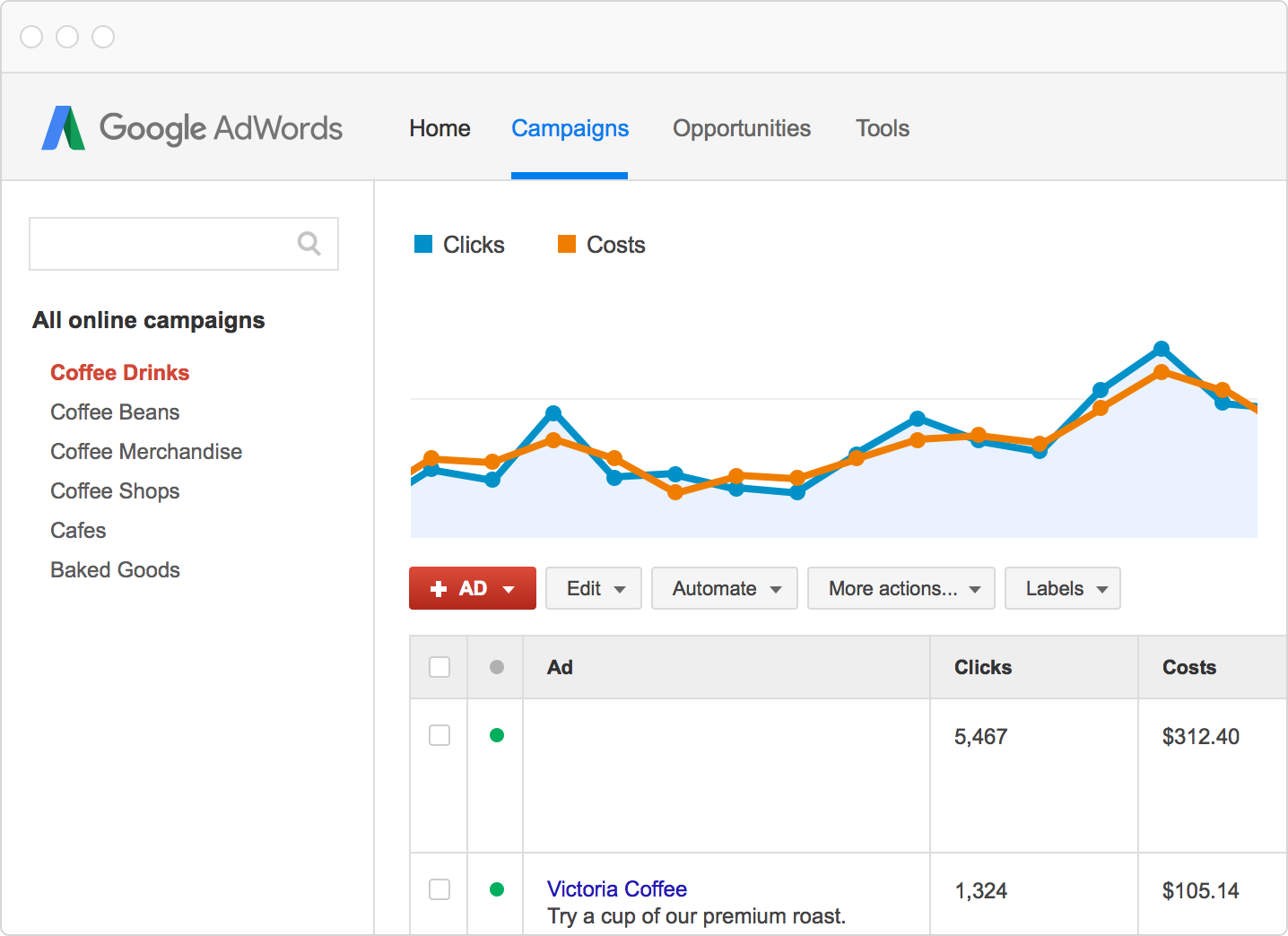
Any content format can be produced as part of a content advertising campaign. For example, you could create a whitepaper focusing on a problem common to customers in your industry, with the intention of promoting this whitepaper through paid social ads. As long as the content being produced is to be promoted via paid distribution, you’re using content advertising.
Content Advertising vs. Content Marketing
We all know that there are plenty of benefits of content marketing, but how does content advertising differ from “traditional” content marketing? In the grand scheme of things, the concept of content advertising should be something of a misnomer. After all, content marketing is a core element of inbound marketing, which itself is designed to be as minimally disruptive to consumers as possible. Traditional advertising, on the other hand, is often intentionally disruptive, designed to capture the attention of viewers and entice them to take action.
One element that both content marketing and content advertising share, however, is an emphasis on quality. Just because you’re distributing and promoting your content through paid channels doesn’t mean that the content itself should be any less valuable to your audience as your “organic” content. If anything, the quality bar should be even higher, since you’re paying to promote that content.

Additionally, just because you’re promoting content via paid channels doesn’t mean you should resort to sleazy, disruptive tactics favored by TV and radio advertisers – your audience expects (and deserves) better. This can dissuade prospective customers and tarnish your brand, even if your content is of high quality.
Another crucial difference between content marketing and content advertising is that content marketing campaigns often rely on SEO and organic rankings, whereas content advertising bypasses the challenges of declining organic reach by leveraging the strengths of paid promotional channels, such as highly granular audience segmentation.
We’ve warned against the dangers of relying on organic traffic for some time, and with organic reach diminishing every day, it could be argued that content advertising is the next logical step in the continuing evolution of content as a marketing tool.
Isn’t Content Advertising Just Native Advertising with a New Name?
This is another of the most prevalent misconceptions about native advertising; that it’s just another buzzword with no substantive differences to native advertising.
However, that simply isn’t true.

Native advertising succeeds by blending in with truly organic content in a seamless way that most consumers would fail to notice. Native advertising campaigns rely on consumers’ inability to distinguish between organic and promoted content, which is why native advertising remains one of the most divisive – and potentially risky – content types at advertisers’ disposal.
Content advertising, on the other hand, should (in theory) be indistinguishable from organic content marketing in the eyes of the consumer. If I’m considering downloading a guide or whitepaper about a topic relevant to my interests, I couldn’t care less about how the company that produced the guide chose to promote it. In some cases, I might not even notice that I clicked on an ad before downloading a guide. The quality of the content is what I’m concerned with, not the means by which it was promoted.
What Are The Advantages of Content Advertising?
Perhaps the single greatest advantage that content advertising has over organic content marketing is that it doesn’t rely on search or discoverability – at all. If you’re paying to promote a piece of content, you don’t have to worry about appealing to a wider audience, or trying to appease the increasingly fickle gods of SEO to make an impact. Simply find your audience, and use whichever distribution channel best fits your needs and the business outcomes of the content project.
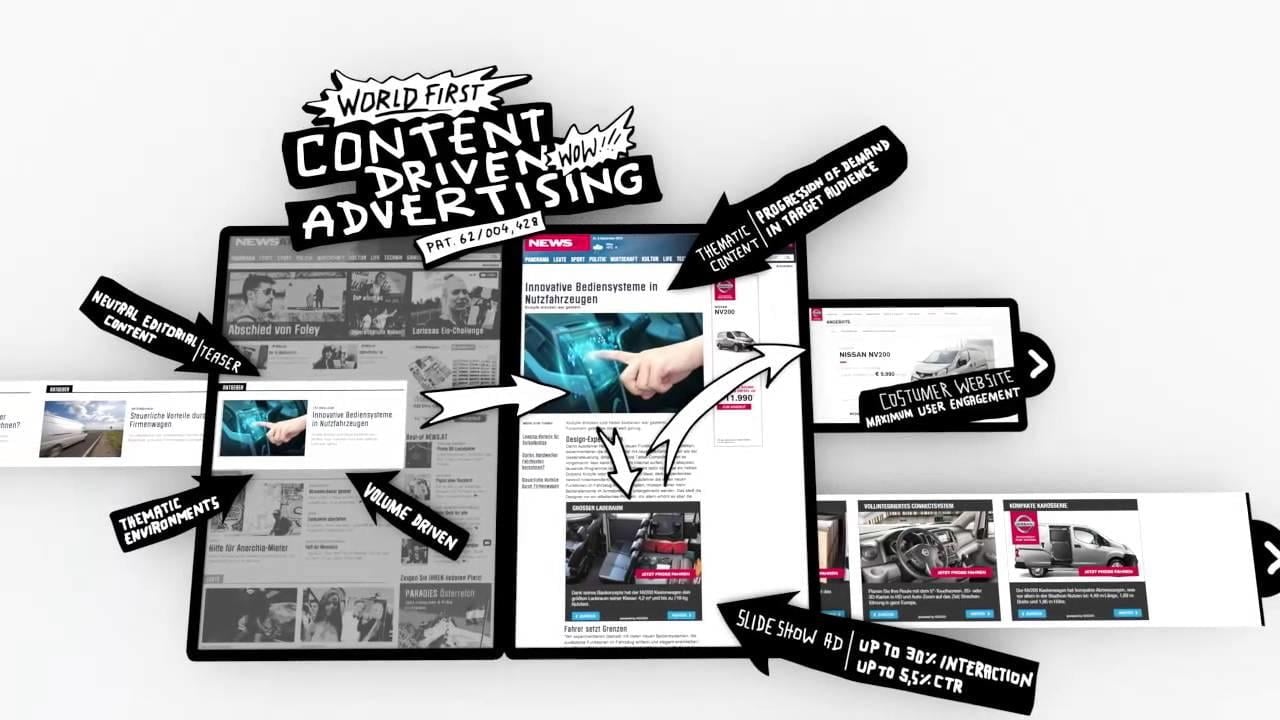
Another advantage of this aspect of content advertising is that it enables you to zero in on laser-focused topics that may be considered too niche to succeed organically. This means you can find the specific pain points experienced by your would-be customers and tailor your content to meet those needs perfectly – positioning you and your business in a very favorable way in the mind of your reader.
Content advertising initiatives can also scale remarkably well. Depending on the purpose of the content and the potential relevant audiences, you can use a variety of paid channels to get your content out there, from large-scale PPC campaigns to reach vast audiences to smaller, more targeted paid social campaigns that deliver great results at a very competitive ROI.
What Are The Disadvantages of Content Advertising?
Every marketing channel has its drawbacks, and content advertising is no exception.

Although hardly unique to content advertising, the challenge of creating quality content in the first place is a constant challenge for advertisers. Even if you’re an expert in your field, there’s a very real time overhead involved in producing quality content on a consistent basis, and there are only so many hours in the day. Hiring content professionals to ease the workload comes with its own financial pressures, which can compound problems for companies considering content advertising with limited resources.
While it’s true that content advertising projects can scale well due to paid promotion’s inherent flexibility, this also means that your potential reach could be limited by your budget. Paid social advertising, such as Facebook ads, offers superb ROI for advertisers with smaller budgets, but in the face of aggressive business goals, content advertising may not deliver the results necessary to justify the costs given the often-lengthy customer journeys involved in the typical content marketing conversion funnel.
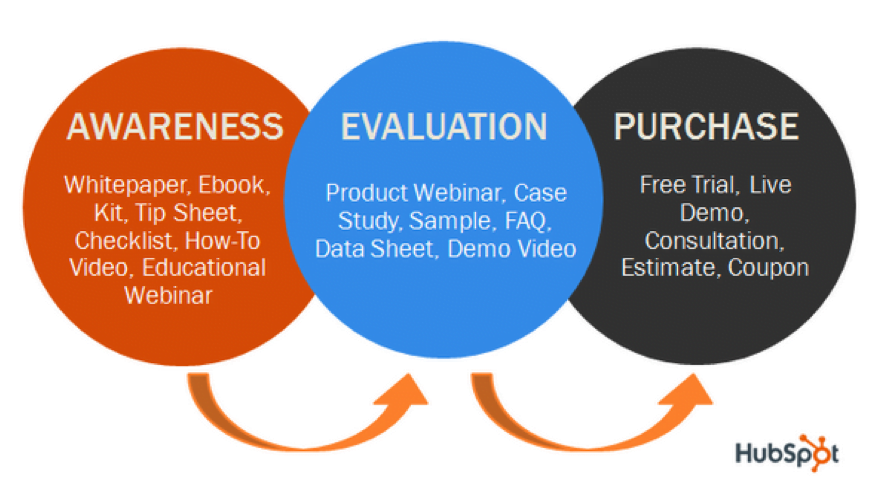
Similarly, the ability to target incredibly niche topics without worrying about discoverability can bring its own challenges. The smaller an audience, the higher conversion rates must be to warrant the campaign in the first place. Eventually, the rule of diminishing returns means that some projects may be too niche to justify the costs of producing and promoting the content in the first place. Smaller audiences also present greater challenges with regard to segmentation – you can only subdivide a small number of people so many times before you risk alienating potential customers by bombarding them with ads for your content.
Content Advertising Examples
Now we know more about what content advertising is (and isn’t), it’s time to take a look at a couple of real-world examples of content advertising.
We ran the ad below on Facebook to promote a guide to competing in Google Ads (formerly known as AdWords):
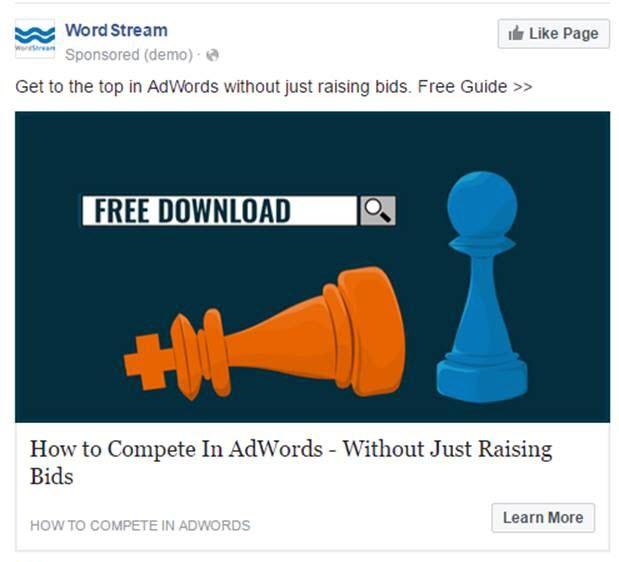
The guide being offered in this ad offered readers actionable tips on improving their performance in Google Ads without resorting to merely raising bids.
The ad was targeted to multiple audience segments, all of which had demonstrated strong net-new-to-sales-qualified-lead conversion rates – which is precisely why we launched this campaign. Since we know that the typical conversion rate of this type of content is so high, we knew that producing a guide with the intent of advertising it via Facebook Ads was likely to have a major impact on our lead generation goals in a highly cost-effective way, making it a shrewd investment of our advertising budget.
Remember when we said that content advertising is the process of producing content with the intention of advertising it through paid channels? Well, we didn’t produce this particular guide with the express intention of advertising it on Facebook. Rather, we repurposed some original content into a downloadable guide format, then advertised it. Ultimately, it doesn’t matter if content is produced solely for a specific campaign or repurposed as in the example above – just that you have a tangible business goal in mind for each campaign, and that you segment your audience appropriately.
The ad below was launched as part of a similar campaign:
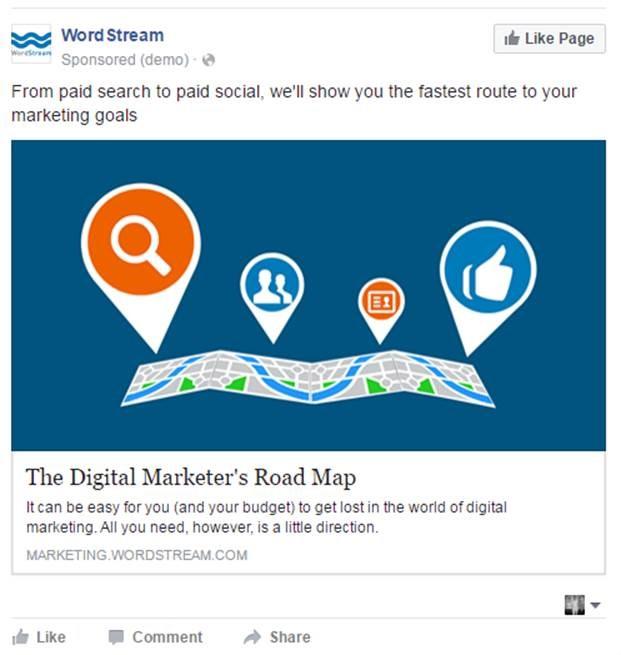
Before we launched this campaign, we knew that wider digital marketing workflows were a source of confusion for many of our readers. We also wanted to distribute several guides as part of a single bundle that readers could get for the same “price” as any of our content offers – filling out a simple web form. The goal of this campaign was to package several low-funnel content downloads and make it highly accessible to a large audience. So far, this has been our most effective content advertising promotion of the year.
Content Advertising Checklist: A TL;DR Summary
So, now you’re almost ready to launch your own content advertising campaigns – all you need now is a quick refresher on everything we’ve covered and a final checklist to make sure you’ve thought of everything before launching your next campaign.
- Content advertising is the process of creating content with the express intention of advertising and promoting that content through paid channels
- Content advertising is not the same as content marketing; content advertising does not rely on organic traffic, social discoverability and shareability, or SEO
- Native advertising is not necessarily the same thing as content advertising
- Content advertising is perfect for highly niche topics that may not be suitable for an organic content marketing initiative
- Every content advertising campaign should be associated with tangible, measurable business objectives, such as increasing the overall volume of leads or further qualifying leads you’ve already begun to nurture
- Paid social is an excellent platform for content advertising campaigns due to the inherently visual nature of social ads, excellent ROI, and powerfully granular targeting options
- Content does not necessarily need to be produced exclusively for a paid promotion – existing content can and should be repurposed to align with your business goals and planned campaigns
- Leveraging user intent and understanding the pain points of consumers in your conversion funnel are crucial to the success of a content advertising campaign; make sure your content is going to the right people, with the right offer, at the right time
- Understand and accept that although conversion rates of content advertising campaigns may be comparatively high, the time involved for prospects to transition through the conversion funnel may also be significantly longer than the average customer journey of a PPC or sales-focused advertising campaign
If you’ve made it this far, hopefully you’ve begun to think about whether content advertising is right for your business. Sure, it might sound like just another buzzword (and only time will tell whether this is the case), but if nothing else, hopefully this post has got you thinking about how to leverage the power of PPC and paid social to promote your content.
As always, get at me below with questions, comments, or insights.







